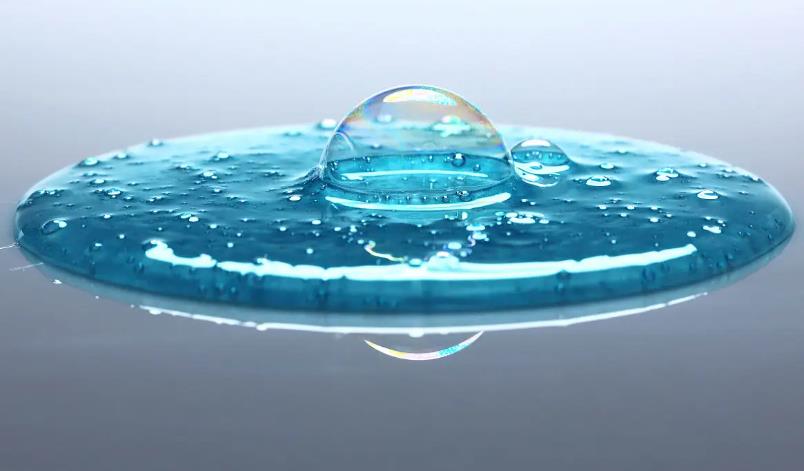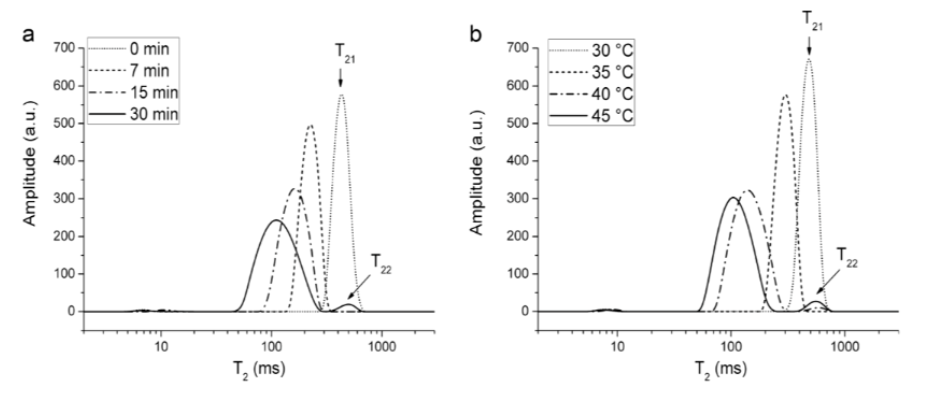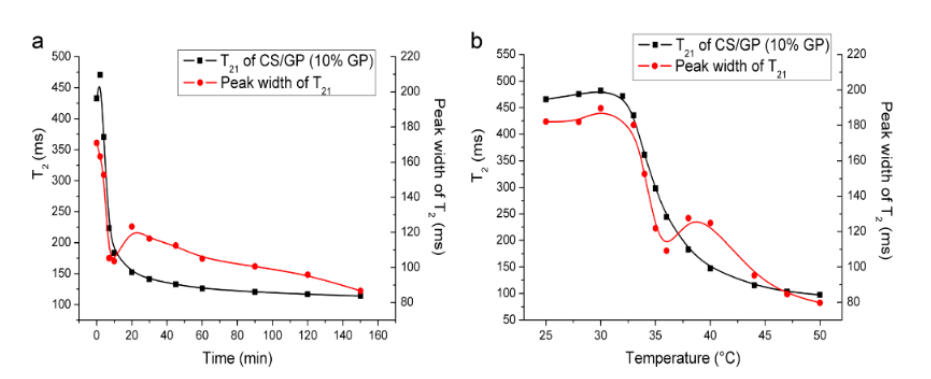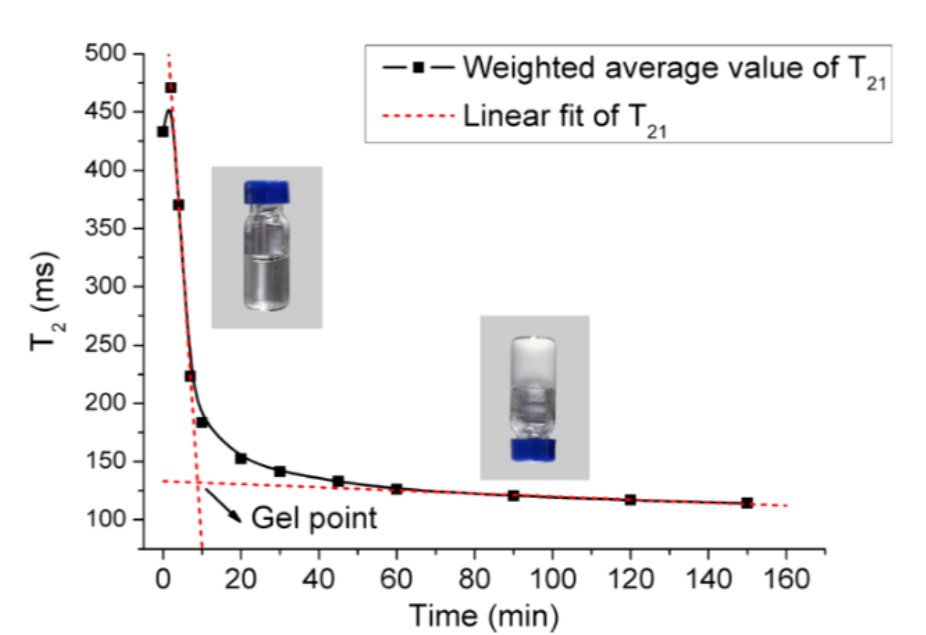Time Domain NMR Technology in the Application of Hydrogel Materials
Hydrogel is a polymer material with a hydrophilic three-dimensional network structure formed by chemical cross-linking or physical cross-linking. It can absorb and retain a large amount of water in water and swell without dissolving.
Hydrogels are generally soft and elastic and have high water content. These properties make hydrogels very similar to biological tissue structures and have attracted widespread attention for their applications in the field of biomedicine.
At present, hydrogels have been used as medical materials in many fields such as biomaterials, drug carriers, wound dressings, and tissue engineering scaffolds. Each application direction needs to track and monitor hydrogel materials and connect different application environments with the state of hydrogel materials, so as to facilitate the continuous update and iterative research of hydrogel materials by scientific researchers.
In different application directions, the properties of the hydrogels that need to be tracked and detected are different, and the detection methods used are also different, which brings inconvenience to the majority of scientific researchers. The Time Domain NMR is fast, online, and non-destructive, green, repeatable and other advantages, it can meet the application scenarios of most hydrogels, and has been well used in the field of hydrogel material research.
The following is the study of Time Domain technology in the application of hydrogel materials – water in CS/GP hydrogels.
Figure 1 a. The effect of time on the hydrogel; b. The effect of temperature on the hydrogel
The stewing (Fig. 1a) and heating (Fig. 1b) experiments were performed on the CS/GP hydrogel materials, respectively. There are three-state models for water in hydrogels, including bound water, intermediate water, and free water. This means that the phase state of water in the hydrogel material further changes with standing or continuous heating.
Fig.2 Kinetic study of CS/GP gelation process by Time Domain NMR
Figure 2 uses Time Domain NMR to record the entire process of CS/GP material gelation from the perspective of time and temperature, providing data support for the kinetic study of the entire process.
Figure 3 Monitoring of gel point by Time Domain NMR
A new method for determining the gel point by measuring T2 was established by Time Domain NMR techniques. As shown in Figure 3, a series of T2 relaxation times were obtained by monitoring the sol-gel transition within 150 min. Divide the curve into two approximately linear regions with different slopes. By fitting the curve to a bilinear regression model, the two lines intersect at a point, which is the gel point of the CS/GP hydrogel, and the corresponding time is recorded as the gel time.
Reference Material:
[1] Han L, Lu X, Wang M, et al. A Mussel-Inspired Conductive, Self-Adhesive, and Self-Healable Tough Hydrogel as Cell Stimulators and Implantable Bioelectronics[J]. Small, 2017.
[2] Ma C, Le X, Tang X, et al. A Multiresponsive Anisotropic Hydrogel with Macroscopic 3D Complex Deformations[J]. Advanced Functional Materials, 2016, 26(47):8670-8676.[3] Sun W X, Xue B, et al. Polymer-Supramolecular Polymer Double-Network Hydrogel, Adv Funct Mater, 2016. [4] Wei, Xu, Long-Biao, et al. Environmentally Friendly Hydrogel-Based Triboelectric Nanogenerators for Versatile Energy Harvesting and Self-Powered Sensors[J]. Advanced Energy Materials, 2017.[5] Guo J, Liu X, Jiang N, et al. Highly Stretchable, Strain Sensing Hydrogel Optical Fibers[J]. Advanced Materials, 2016, 28(46):10244-10249.[6] Fengbo Zhu, Libo Cheng, Jun Yin,Ziliang Wu*, Jin Qian*, Jianzhong Fu, and Qiang Zheng.3D printing of ultra-tough polyion complex hydrogels.[7] Chen Y N, Peng L, Liu T, et al. Poly(vinyl alcohol)-Tannic Acid Hydrogels with Excellent Mechanical Properties and Shape Memory Behaviors[J]. ACS Applied Materials & Interfaces, 2016, 8(40):27199.[8] Li Y, Li X, Chen C, et al. Sol-gel transition characterization of thermosensitive hydrogels based on water mobility variation provided by low field NMR[J]. Journal of Polymer Research, 2017, 24(2):25.
 NIUMAG
NIUMAG



